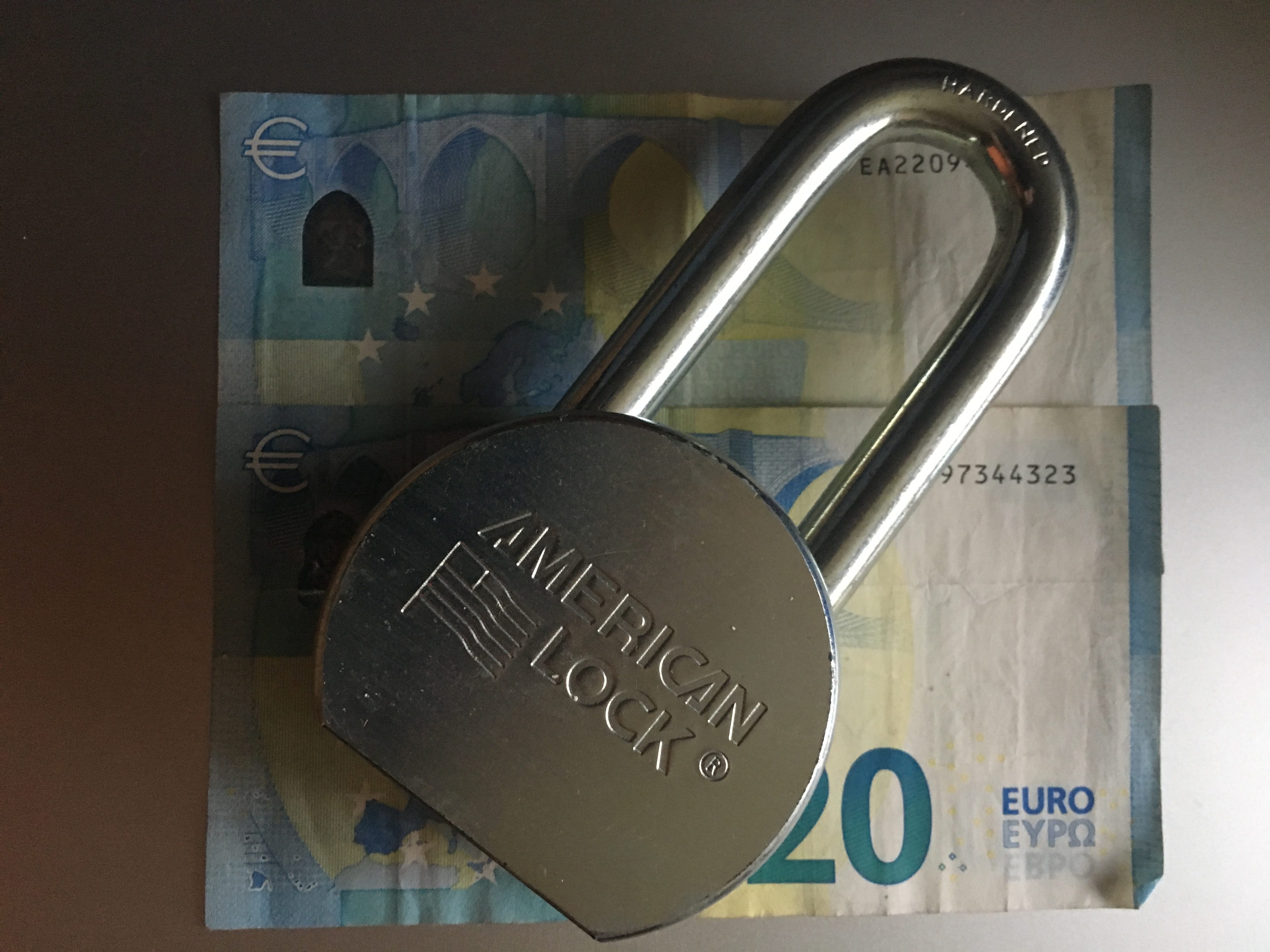
05.07.2021
Pro Soluto vs Pro Solvendo
This article explains the main differences between “datio pro soluto and pro solvendo”. Mainly, its regulation and the differentiating criteria that jurisprudence has been setting.
 Por
Ibáñez Puente, Celia
Por
Ibáñez Puente, Celia What is the difference between datio pro soluto and pro solvendo?
For many years now in Spain, these legal figures have become a recurrent mechanism for debtors to extinguish their debts.
With the dation in payment (pro soluto) the creditor accepts a different benefit from the one initially agreed with the debtor. This performance consists of the transfer of property owned by the creditor to the creditor, causing, with the delivery of such property, the extinguishment of the debt. However, with the assignment of credit (pro solvendo), the debtor is not released with the simple delivery of its property to the creditor. In this case, the debtor delivers certain assets to the creditor so that by means of their sale, the credit owed is paid. Therefore, until they are sold, the debtor has not yet settled his claim.
In practice, before choosing one of them, it is very important that the creditors study, case by case, which is more beneficial. Despite the fact that they are different figures, their regulation and application continue to create confusion. This has led to the Courts having to establish criteria for separating the two figures.
We will now look at their main differences and the separation criteria established by case law.
Contacto No te quedes con la duda, contacta con nosotros. Estaremos encantados de atenderte y ofrecerte soluciones.The two main differences between pro soluto and pro solvendo are as follows
(i) Pro soluto has no legal regulation and pro solvendo does.
The first difference is that the assignment of credit is regulated in Article 1,175 of the Civil Code. It establishes that the debtor may assign its assets to creditors for the payment of its debts. And that, unless otherwise agreed, he will only be released from his obligation for the liquid amount of his assigned assets.
On the other hand, dation in payment is not regulated in our civil code. However, it is applied by analogy to the provisions for contracts of sale. However, not in its entirety, and it is precisely this that generates conflicts in practice. We will see in the following point, how the High Court has declared that not all the articles that regulate the sale and purchase do not necessarily apply to it.
(ii) The dation has an immediate extinctive effect and the assignment does not.
As mentioned at the beginning of the article, with a dation in payment, the debtor is released at the moment of delivery of the goods to the creditor. Therefore, the received good applies to the extinction of the credit of which the creditor was the holder. Acting, this credit, with the same role that has the price in the sale.
However, with the assignment of credit, the obligation of the debtor does not disappear until the alienation of its assigned goods. Would we be therefore be faced with an empty adjudication? The answer is affirmative. The General Directorate of the Registry and Notary Public has declared that this is so insofar as it allows possession of the property but without the creditor integrating it into its assets. Therefore, until the creditor receives the money from the sale, the debtor will continue to be a debtor. And it will also be so, for the remaining difference, when the amount received by the creditor after the alienation, does not cover the totality of the credit.

Si te ha interesado este artículo no dudes en leer:
What does the pars condictio creditorum mean?
Differentiating criteria between datio pro soluto and pro solvendo by case law.
Interestingly, the famous SC ruling No. 643/2009, analyzes the differentiating characteristics between datio pro soluto and datio pro solvendo.
It states that through the datio pro soluto, the debtor transmits goods of his property to the creditor. And that its purpose is that the latter applies the goods to the extinction of the credit of which it was the holder. Also, that the business must be catalogued as a sale and that its regulation must be accommodated analogically by the rules of the purchase and sale.
(i) The datio pro soluto does not require identified and valued benefits.
Notwithstanding the foregoing, it points out that this does not mean that all the articles must be applied, without exception or variation. Specifically, it states that the provisions of Article 1.145 CC, which requires a certain price to be stated, do not apply. And that with the dation in payment, it is possible to agree as a means of payment a set of benefits that are not identified or valued. The above is granted by the principle of free will contained in article 1.255. Therefore, the creditor cannot request its nullity on the grounds that a determined price has not been established as required by the purchase-sale.
(ii) Datio pro solvendo only releases the assignor when the property has been successfully collected.
On the contrary, with datio pro solvendo, the creditor does have the obligation to dispose of the goods. In addition, he must apply the amount obtained from the sale to the payment of the debts contracted by the assignor debtor. Therefore, with the assignment of the assets, the extinction of the debt does not occur at the time of their transfer, but after the sale.
In addition, APB Ruling No. 127/2012 states that the assignor is also liable for the existence and legitimacy of the credit. In the sense that he is not released until the asset has been successfully collected. Until that time, the original obligation subsists.
Conclusions
In conclusion to what has been said, it should be noted that;
- Pro soluto and pro solvendo are payment mechanisms frequently used between debtors and creditors.
- In practice it is very important to study which is more beneficial as they tend to generate confusion between the parties.
- The main differences are to be found in their regulation and in the moment at which the obligation of the debtor or assignor is extinguished.
- Although the datio pro soluto is applied analogically to the provisions for the purchase-sale, it is not in its entirety. And the debtor ceases to be a debtor at the moment of the transfer of the property from the creditor.
- Whereas in the datio pro solvendo, the transferee is obliged to dispose of the property to collect his claim. And only when the property has been successfully collected is the debtor released from his obligation. In the meantime, his original obligation subsists.
If this article has been of interest, we also suggest you to read the following article published on our website: Documentary credit.












